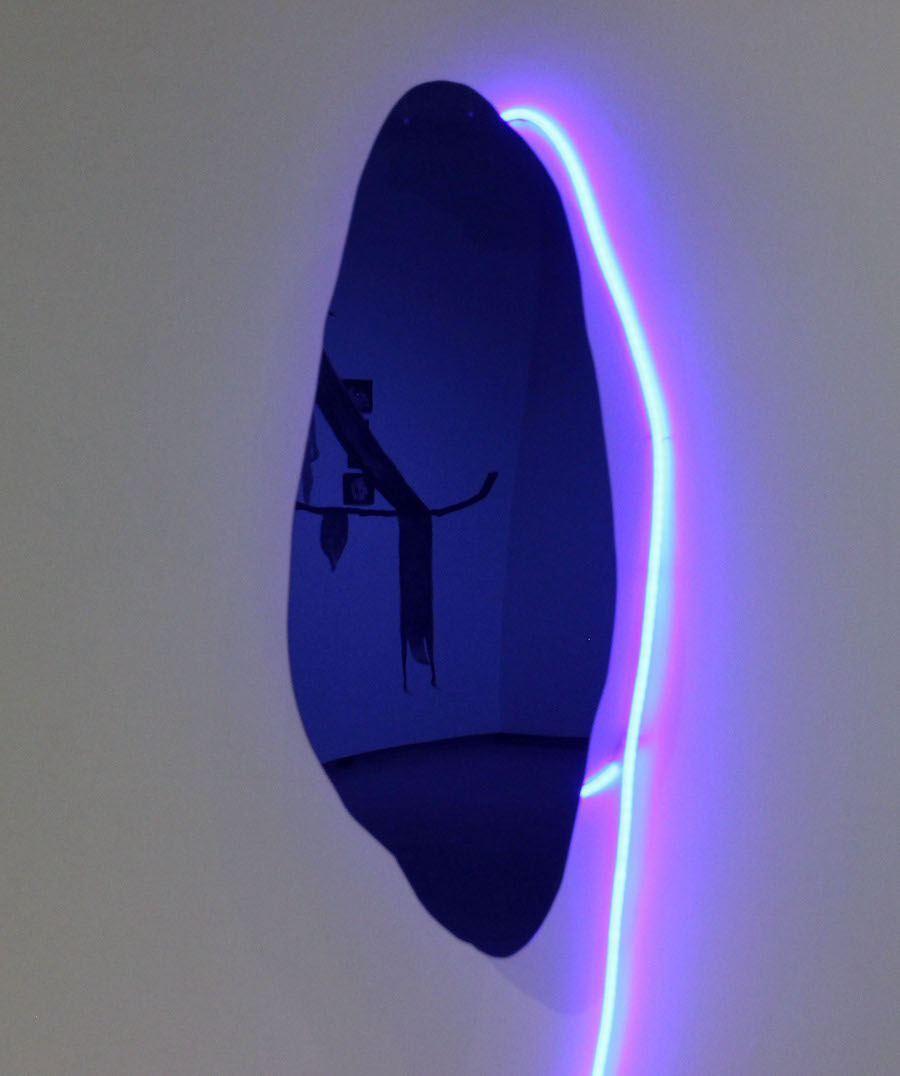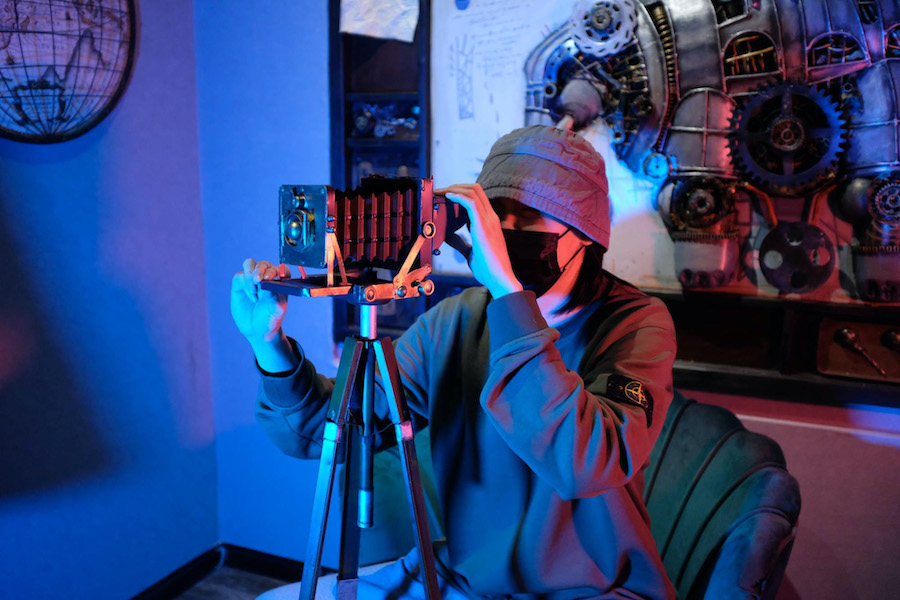Animations!
This 2D animation introduces core principles and techniques required for the creation of two-dimensional digital animation projects. The students had to create two main projects for the VISA 266 – 2D Animation course. The first project was a short abstract animated film, edited on a music of their choice (public domain/creative commons music). The minimum duration was 45 secondes.They had to...

 Follow
Follow







